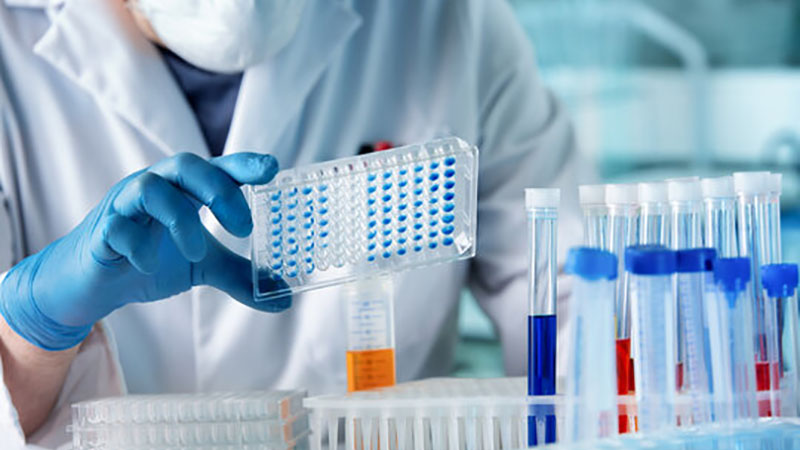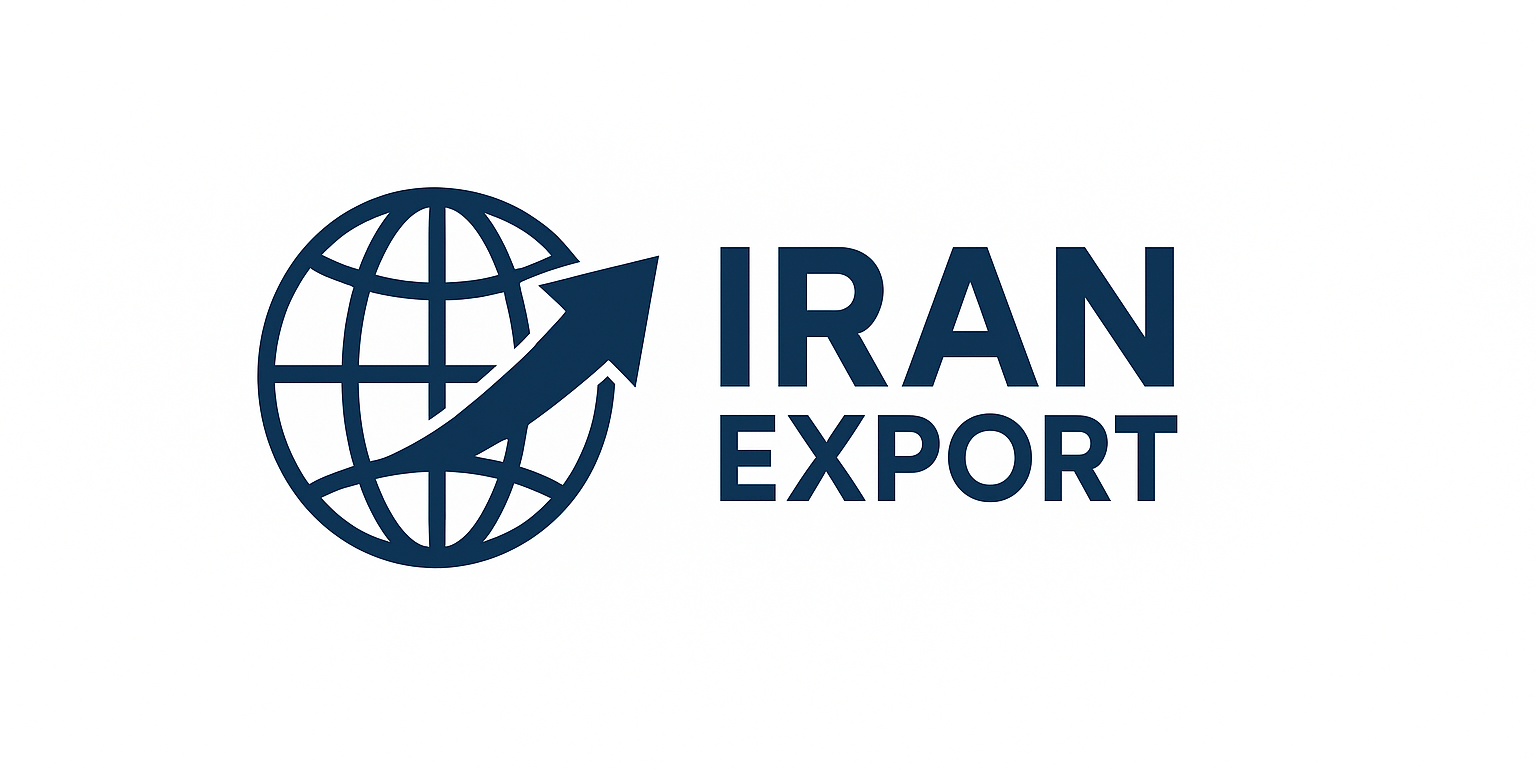
Biotechnology and Advanced Pharmaceuticals in Iran: Opportunities and Innovations
Introduction
The global pharmaceutical landscape is shifting rapidly, with biotechnology and advanced pharmaceuticals playing a transformative role in healthcare. Countries across the world are investing in biotech research, biosimilars, and innovative therapies to meet growing demands for affordable and effective treatments. Among these emerging players, Iran has positioned itself as a regional leader in biotechnology and advanced pharmaceutical development, leveraging decades of scientific expertise, competitive manufacturing capabilities, and a robust domestic healthcare system.
This article explores Iran’s progress in biotechnology, highlights its innovations in advanced pharmaceuticals, and examines the opportunities for global collaboration and market expansion.
The Rise of Biotechnology in Iran
Over the past two decades, Iran has made biotechnology a national strategic priority, establishing research centers, biotech parks, and partnerships between universities and industry. Today, the country is recognized as one of the top 15 nations worldwide in terms of biotechnology research and production capacity.
Key areas of achievement include:
-
Biosimilars production: Iran is a pioneer in the Middle East in producing biosimilar drugs for conditions such as cancer, autoimmune diseases, and diabetes.
-
Vaccine development: Iranian biotech firms have manufactured a wide range of vaccines, including those for hepatitis, influenza, and more recently, COVID-19.
-
Genetic engineering and cell therapy: Research institutes in Iran are advancing gene therapy approaches and stem cell technologies for regenerative medicine.
Advanced Pharmaceuticals: Beyond Generics
While Iran has long been known for its strong generic drug manufacturing, the country is now transitioning toward innovative and advanced pharmaceuticals. Investments in biopharmaceuticals, monoclonal antibodies, and nanomedicine are positioning Iran as a competitive producer in high-value healthcare segments.
Examples include:
-
Oncology drugs: Iran has developed advanced biosimilars for cancer treatment, providing affordable alternatives to costly branded medicines.
-
Nanotechnology-based delivery systems: Iranian researchers are using nanotechnology to improve drug efficacy and reduce side effects.
-
Stem cell therapies: Iran ranks among the leaders in the region for clinical applications of stem cell technology, offering promising treatments for rare and chronic diseases.
Competitive Advantages of Iran’s Biotech Sector
1. Strong Scientific and Human Capital
Iran has a large pool of skilled scientists, pharmacists, and biotech researchers, supported by top universities and specialized research institutions.
2. Cost-Effective Manufacturing
Compared to Western markets, Iran offers significantly lower production costs while maintaining internationally recognized quality standards such as GMP compliance.
3. Government Support and Investment
Iran’s government has prioritized biotechnology as part of its national innovation agenda, offering incentives, grants, and infrastructure development to boost pharmaceutical R&D.
4. Strategic Regional Position
Located between Asia, Europe, and the Middle East, Iran is a gateway to fast-growing healthcare markets, including Central Asia, the Caucasus, and North Africa.
Export Potential and Global Opportunities
Iran’s biotech and pharmaceutical exports are steadily increasing, with markets spanning neighboring countries, Asia, Africa, and Latin America.
Key opportunities for international collaboration include:
-
Licensing and joint ventures with foreign pharmaceutical companies.
-
Contract manufacturing for biosimilars and advanced drugs.
-
Clinical research partnerships, leveraging Iran’s strong medical infrastructure and patient base.
While Iran faces challenges in accessing highly regulated markets such as the EU and U.S., its competitive pricing and growing portfolio of biotech products make it an attractive partner for emerging and developing countries.
Challenges and Road Ahead
Despite strong progress, Iran’s biotech industry faces some barriers:
-
Trade restrictions and sanctions, which can limit access to raw materials and advanced equipment.
-
Regulatory harmonization, where obtaining certifications like FDA or EMA remains a hurdle.
-
Global competition from established biotech leaders such as India, China, and South Korea.
However, with ongoing investment in quality assurance, international collaborations, and advanced R&D, Iran is well positioned to overcome these obstacles and expand its global footprint.
Future Outlook
The future of biotechnology and advanced pharmaceuticals in Iran looks highly promising. Growth areas include:
-
Precision medicine and personalized therapies, especially in oncology and rare diseases.
-
Next-generation vaccines and biopharmaceuticals for infectious diseases.
-
Expansion into African and Asian healthcare markets, where demand for cost-effective advanced therapies is growing rapidly.
As healthcare systems worldwide increasingly look for affordable yet innovative treatments, Iran’s biotech industry is set to play a transformative role in global health solutions.
Conclusion
Iran’s journey in biotechnology and advanced pharmaceuticals demonstrates how a country can leverage scientific expertise, cost advantages, and strategic investment to carve out a place in the global healthcare market. By producing biosimilars, investing in nanomedicine, and advancing cell and gene therapies, Iran is emerging as a regional biotech hub with growing global relevance.
For international partners—whether importers, research institutions, or pharmaceutical companies—Iran’s biotechnology sector offers untapped opportunities for collaboration, innovation, and market expansion.

